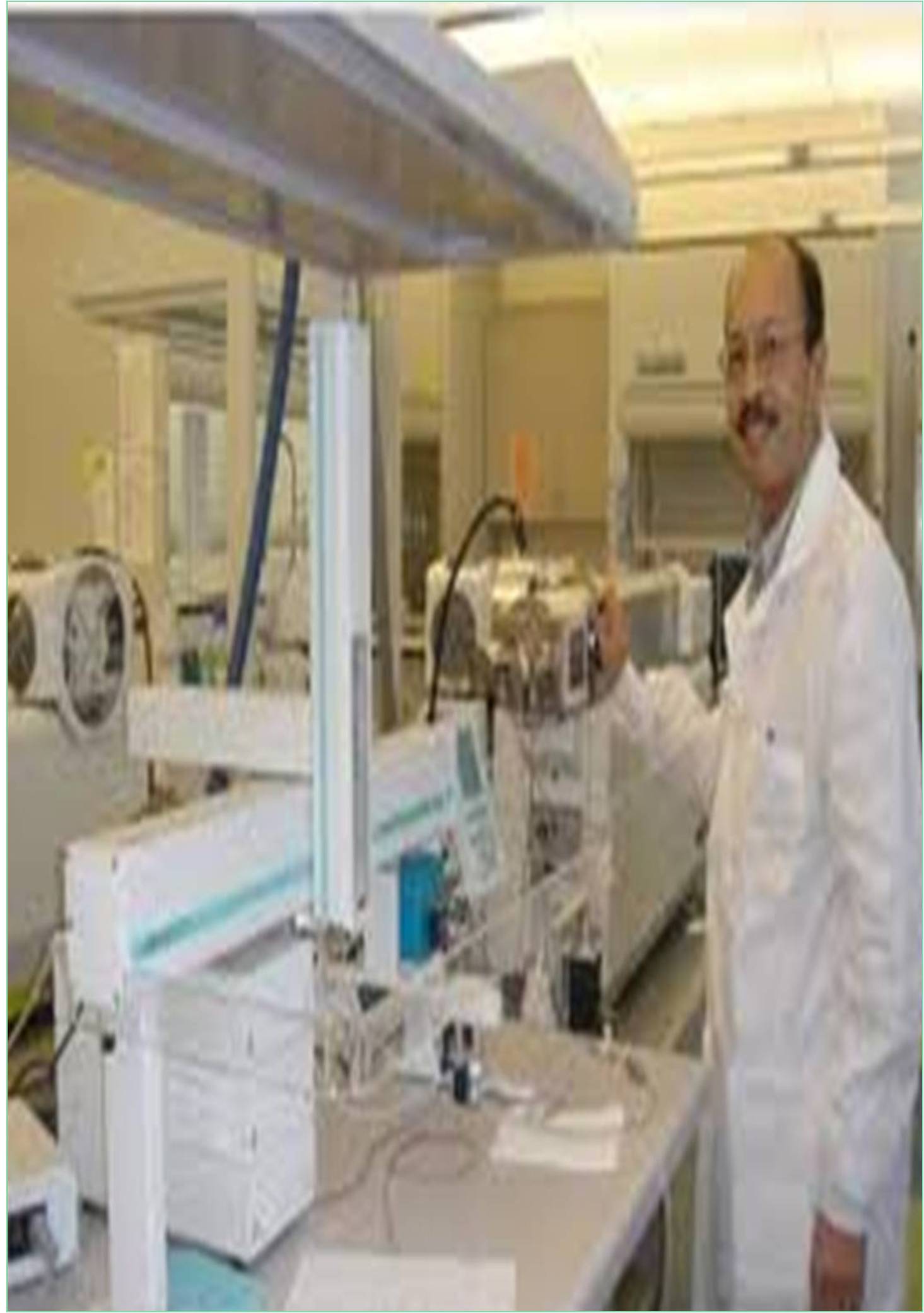



Received: 10-Aug-2022, Manuscript No. IJCB-22-74173; Editor assigned: 15-Aug-2022, Pre QC No. IJCB-22-74173 (PQ); Reviewed: 01-Sep-2022, QC No. IJCB-22-74173; Revised: 08-Sep-2022, Manuscript No. IJCB-22-74173 (R); Published: 16-Sep-2022, DOI: 10.15651/IJCB.22.7.027
Metabolism refers to the biochemical mechanisms by which the chemical energy contained in foods is made available to animals. Thus, the description of a food metabolism includes the biochemical events that occur from the time of ingestion to the time of breakdown and excretion. These biochemical events are traditionally classified as the metabolism of three major food constituents: carbohydrates, proteins, and lipids. The major function of ingested carbohydrates is to serve as energy sources, and their storage function is relatively minor. Carbohydrates also serve as precursors for important intermediates used in synthetic processes. The biochemistry of metabolism and disease literature continues to grow as the intricate details of individual and overall reaction mechanisms are refined and elucidated. Carbohydrates additionally feature as precursors of important intermediates to be used in artificial approaches. Because the intricate information of character and overall response mechanisms is always subtle and elucidated, the literature of the biochemistry of metabolism and disorder continues to expand. Furthermore, current molecular techniques have significantly expanded their understanding of the disorder mechanisms and continue to be fertile fields for research into disorder approaches.
With the exception of brief periods of intense stress, where the cardio potential is exceeded and massive amounts of lactate and protons are formed, oxidative power production is far and away dominant in living animal muscular tissues. Because cardio approaches for power production, energy intake in muscle cells keeps autopsy with the formation of large amounts of lactate and protons.
Carbohydrates are the preferred substrate for contracting skeletal muscular tissues during high-intensity exercise and can also be used without difficulty during low-intensity exercise. This use of carbohydrates for diversion may have played an important role in early Homo Sapiens (HS) survival; genes and developments regulating bodily behaviour, carbohydrate metabolism, and power storage were almost certainly selected at some point in evolution.
However, until recently, the regulation of fats metabolism in human skeletal muscle while exercising in the face of increasing carbohydrate availability and exercising depth had not been thoroughly studied. The law of fat metabolism is complicated and includes many control sites, including the delivery of fats into the muscle cell, the binding and delivery of fats within the cytoplasm, the law of intramuscular triacylglycerol synthesis breakdown, and the delivery of fats into the mitochondria.
The discovery of proteins that help in transporting fats throughout the plasma and mitochondrial membranes, the ability of those proteins to translocate to the membranes for the duration of exercising, and the brand new roles of adipose triglyceride lipase and hormonetouchy lipase in regulating skeletal muscle lipolysis are examples of latest discoveries. This data has prompted the concept of mechanisms to provide an explanation for the down regulation of fat metabolism that occurs in the face of increasing carbohydrate availability while transitioning from light to intense cardio exercise.
Carbohydrates are one of the principal forms of energy for animals and plants. Animals eat plants or other animals to obtain carbohydrates, whereas plants create them using the sun light energy (photosynthesis). Animals store carbohydrates as the molecule glycogen, whereas plants store carbs in the form of lengthy polysaccharide chains known as starch. These massive polysaccharides store a lot of chemical energy due to their numerous chemical connections. The energy contained in the chemical bonds of these molecules is released during metabolism and can be used to power cellular functions. Dietary carbohydrates in farm animals supply substantially over half of the energy required for maintenance, growth, and production. For some animal tissues, glucose serves as their main energy source. It is also used by the mammary gland to start the production of lactose. Therefore, controlling the production and quality of agricultural foods requires an understanding of carbohydrate digestion and absorption, dietary glucose availability, and the role of gluconeogensis in the regulation of glucose homeostasis.